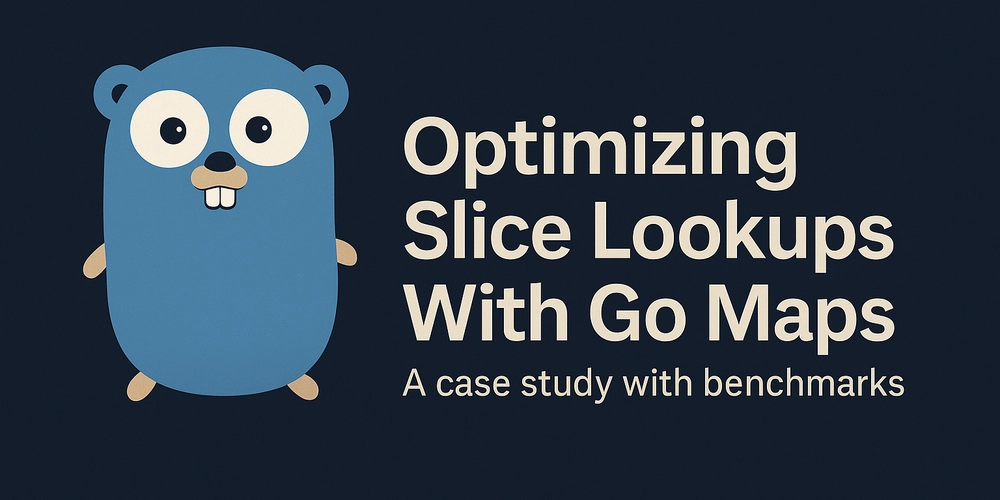Pipelink
Hello everyone, I will be sharing my experiences with Vibe Coding, which has recently become popular. By practicing Vibe Coding, you can increase your development speed and even build products in areas you are not familiar with. In the .NET world, the MediatR library, which has maintained its popularity for a long time, announced that it will become a paid product in the future. You can see the details on this site: https://www.reddit.com/r/dotnet/comments/1jul7yy/mediatr_and_masstransit_going_commercial_what_are/. After hearing about this, I asked myself, 'Why don't I develop my own library?' After providing ChatGPT with some details about the project and having a Q&A session about what the project name could be, the name 'Pipelink' emerged." While creating the Pipelink NuGet package, I started by giving the first prompt about the foundational structure of the project. After that, I specified that the project should primarily use CQRS design patterns. In general, I also prepared prompts asking for both unit tests and integration tests to be written for the generated code, and for the tests to be executed to verify the outputs. After these steps, my first task was to create an account on the NuGet server and generate an API Key from that account. Using this API Key, I created .nuspec files with the help of Cursor AI and pushed the package versions to NuGet. However, the NuGet package didn't have a logo. To solve this, I used ChatGPT to iterate 2-3 times and finally generated a logo. I made the project code and the package available for free. If you would like to check it out, you can find it here: https://github.com/bburaksseyhan/pipelink/tree/production. After completing these steps, I used Cursor AI to generate the README.md files for both the library and the integration tests. Additionally, I created all the code comments within the library using JetBrains AI. Thanks to this approach, I was able to produce the usage guide within minutes. After completing these steps, I focused a bit on performance by generating prompts related to optimization and repeatedly running tests. I compared the results I obtained with MediatR. Whenever I identified areas where the performance was slower, I created new prompts and specifically updated the code around reflection usage. I repeated this cycle at least five times. With this post, I am now running one final round of benchmarks. To briefly summarize the steps I completed: Designed the project infrastructure Developed the entire project code Added comments and documentation to methods Created and deployed the NuGet package Wrote unit and integration tests Performed performance optimizations Designed a logo I developed the Pipelink package in a total of 6–8 hours of work. I believe this amount of effort would normally take considerably longer for a developer. My goal was not to create competition, but rather to explore what I could build, how well, and how quickly by applying the Vibe Coding approach. As .NET developers, you can freely download and use the Pipelink package in your projects. I'll discuss second project that is call Pipelink.Outbox but still avaiable. Nuget : Pipelink Happy coding...
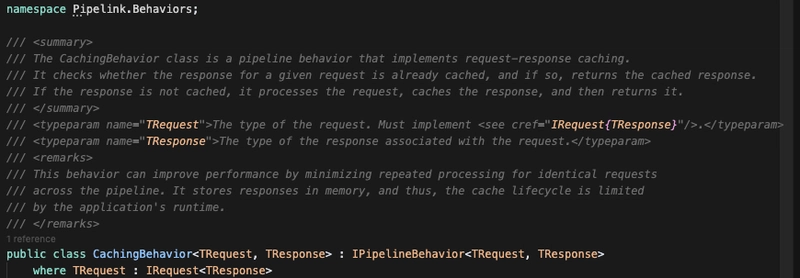
Hello everyone, I will be sharing my experiences with Vibe Coding, which has recently become popular. By practicing Vibe Coding, you can increase your development speed and even build products in areas you are not familiar with. In the .NET world, the MediatR library, which has maintained its popularity for a long time, announced that it will become a paid product in the future. You can see the details on this site: https://www.reddit.com/r/dotnet/comments/1jul7yy/mediatr_and_masstransit_going_commercial_what_are/. After hearing about this, I asked myself, 'Why don't I develop my own library?' After providing ChatGPT with some details about the project and having a Q&A session about what the project name could be, the name 'Pipelink' emerged."
While creating the Pipelink NuGet package, I started by giving the first prompt about the foundational structure of the project. After that, I specified that the project should primarily use CQRS design patterns. In general, I also prepared prompts asking for both unit tests and integration tests to be written for the generated code, and for the tests to be executed to verify the outputs.
After these steps, my first task was to create an account on the NuGet server and generate an API Key from that account. Using this API Key, I created .nuspec files with the help of Cursor AI and pushed the package versions to NuGet. However, the NuGet package didn't have a logo. To solve this, I used ChatGPT to iterate 2-3 times and finally generated a logo.
I made the project code and the package available for free. If you would like to check it out, you can find it here: https://github.com/bburaksseyhan/pipelink/tree/production.
After completing these steps, I used Cursor AI to generate the README.md files for both the library and the integration tests. Additionally, I created all the code comments within the library using JetBrains AI. Thanks to this approach, I was able to produce the usage guide within minutes.
After completing these steps, I focused a bit on performance by generating prompts related to optimization and repeatedly running tests. I compared the results I obtained with MediatR. Whenever I identified areas where the performance was slower, I created new prompts and specifically updated the code around reflection usage. I repeated this cycle at least five times. With this post, I am now running one final round of benchmarks.
To briefly summarize the steps I completed:
- Designed the project infrastructure
- Developed the entire project code
- Added comments and documentation to methods
- Created and deployed the NuGet package
- Wrote unit and integration tests
- Performed performance optimizations
- Designed a logo
I developed the Pipelink package in a total of 6–8 hours of work. I believe this amount of effort would normally take considerably longer for a developer. My goal was not to create competition, but rather to explore what I could build, how well, and how quickly by applying the Vibe Coding approach. As .NET developers, you can freely download and use the Pipelink package in your projects. I'll discuss second project that is call Pipelink.Outbox but still avaiable.
Nuget : Pipelink
Happy coding...











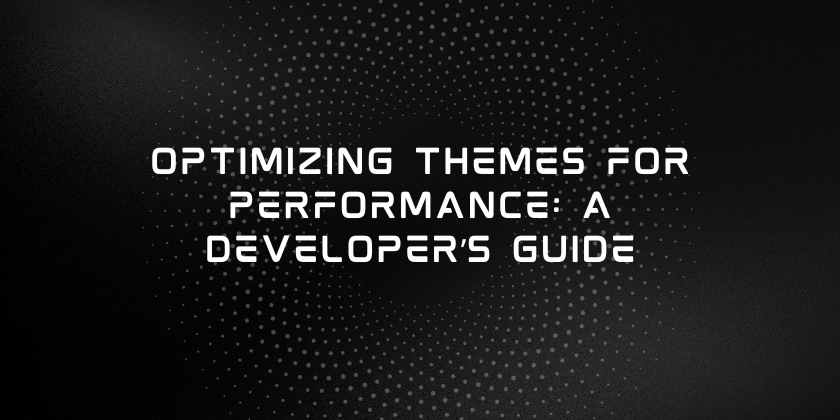
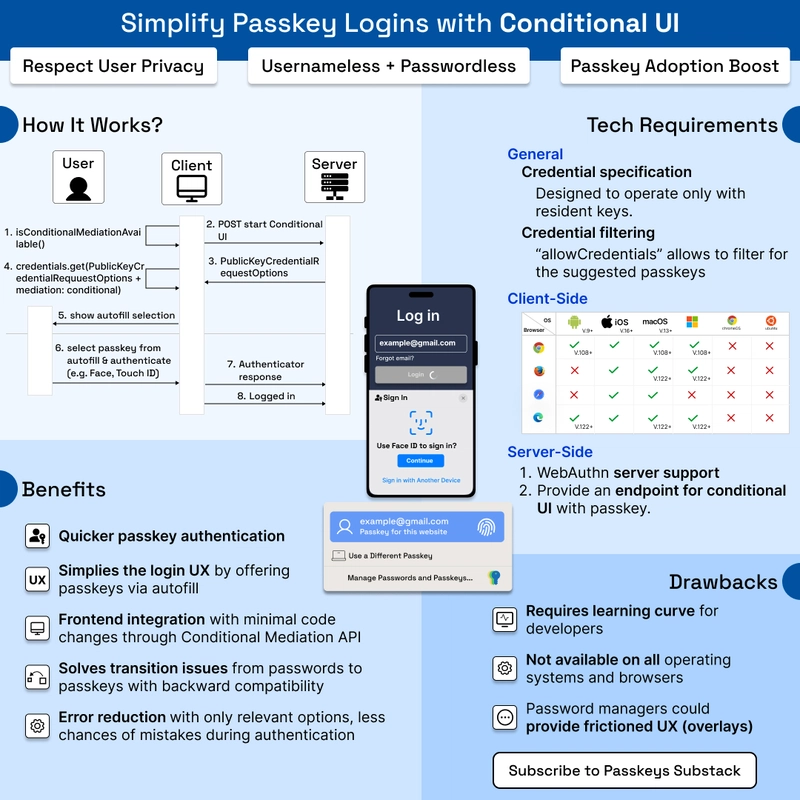


























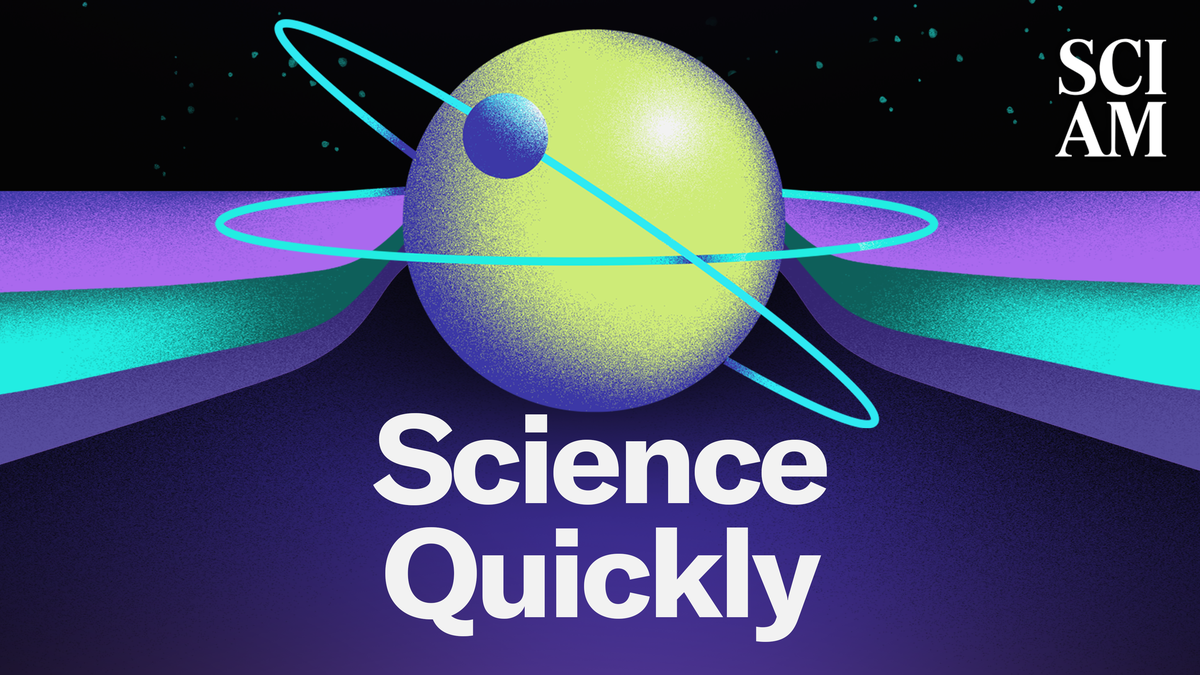































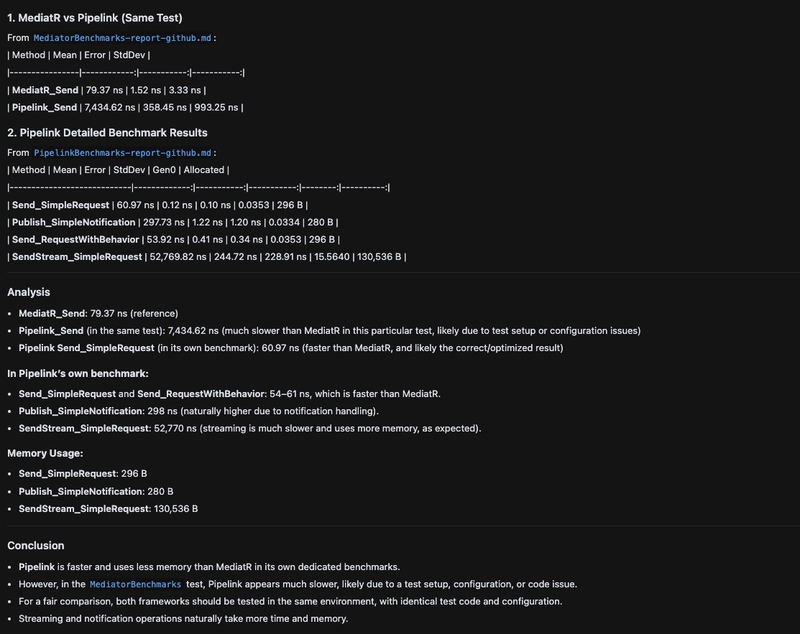
![Is This Programming Paradigm New? [closed]](https://miro.medium.com/v2/resize:fit:1200/format:webp/1*nKR2930riHA4VC7dLwIuxA.gif)
